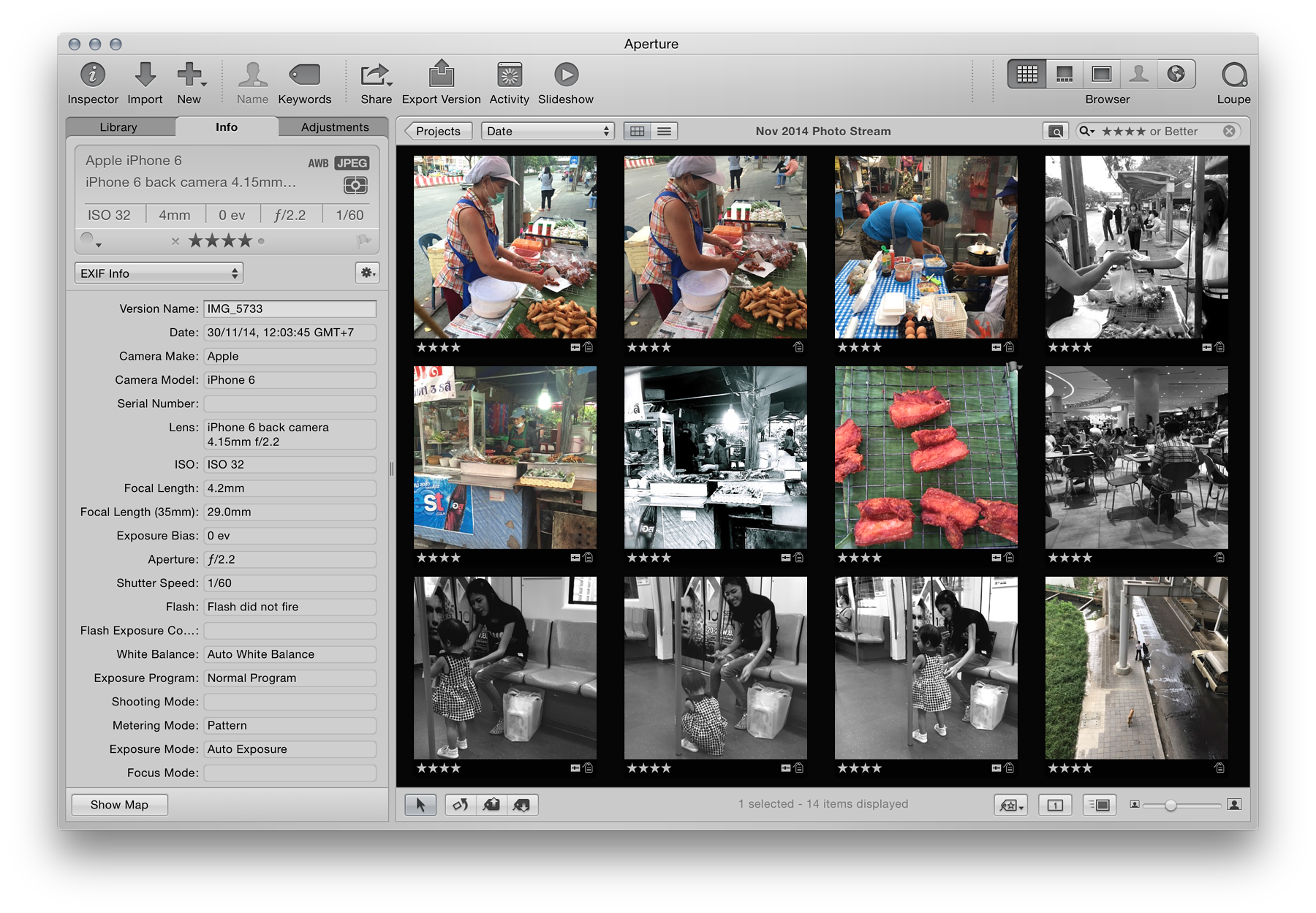Cassandra: Android RAW and iOS TIFF

AMITIAE - Sunday 28 December 2014
|
Cassandra: Android RAW and iOS TIFF |
 |
|
|
By Graham K. Rogers
When working with my Nikon DSLR cameras I usually save in RAW format. When imported to the computer, I can adjust the image as often as I want as the version (the adjusted image) can be saved and exported, but the RAW image remains untouched. I do now save images on the Nikon as RAW + JPEG as I can then transfer images to the iPhone for immediate use, using the Eye-Fi SD card and software. I do not import the JPEGs to the Mac. While there are several apps that can export images in the lossless PNG format, I make much use of TIFF images that can be produced using 645 Pro Mk III (and other apps from Michael Hardaker) which now also has manual controls. There are several other iOS apps available that will export to TIFF: an uncompressed image format. Neither the lossless PNG nor the uncompressed TIFF have the advantages of RAW and the iPhone does not have this as Steven Shankland mentions. I also note the recent rumours that Kodak is to produce an Android phone: that would be a useful combination.

iPhone 6 images imported to Aperture on the Mac
Graham K. Rogers teaches at the Faculty of Engineering, Mahidol University in Thailand where he is also Assistant Dean. He wrote in the Bangkok Post, Database supplement on IT subjects. For the last seven years of Database he wrote a column on Apple and Macs. He is now continuing that in the Bangkok Post supplement, Life. |
|

For further information, e-mail to

|

|